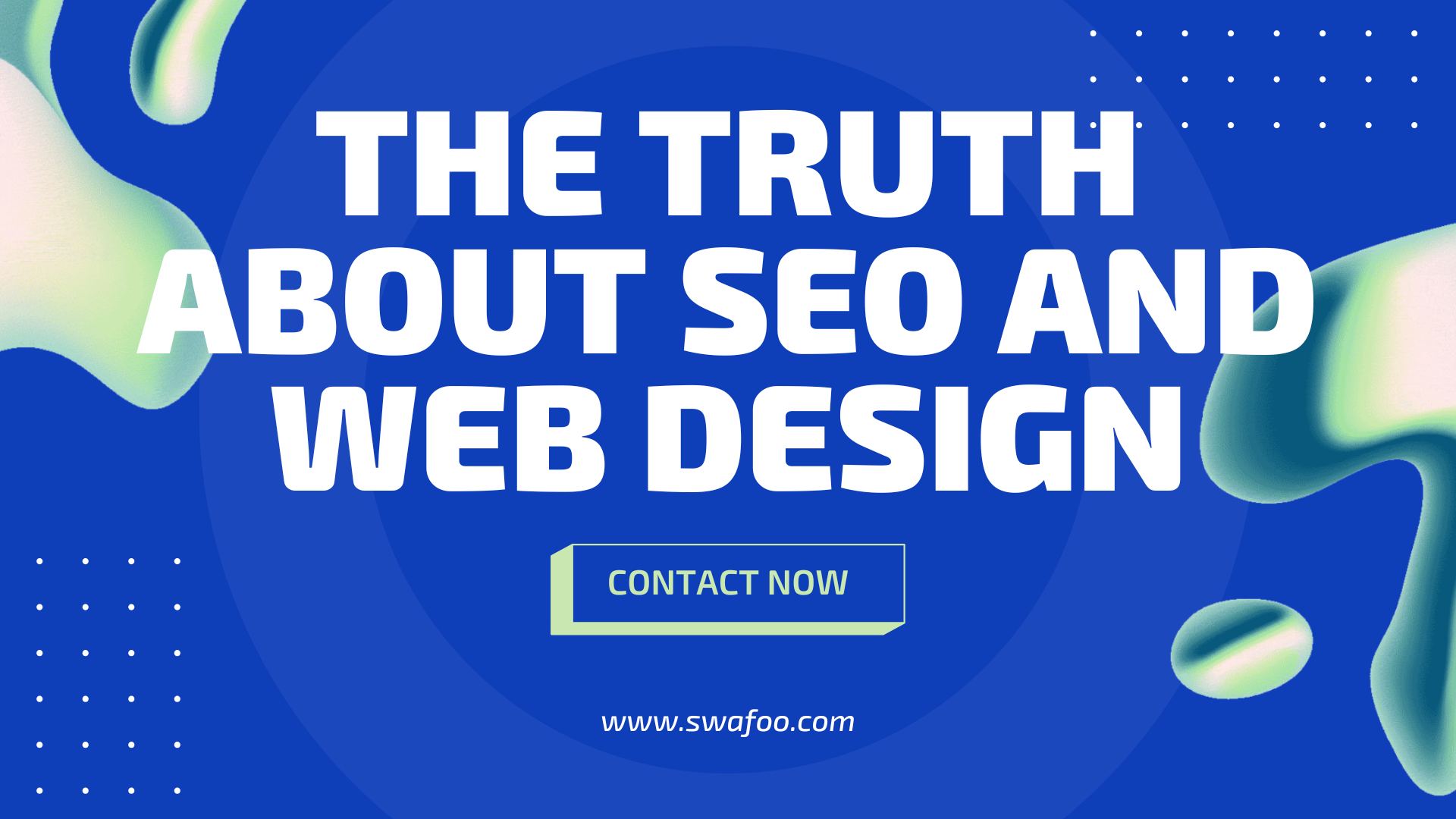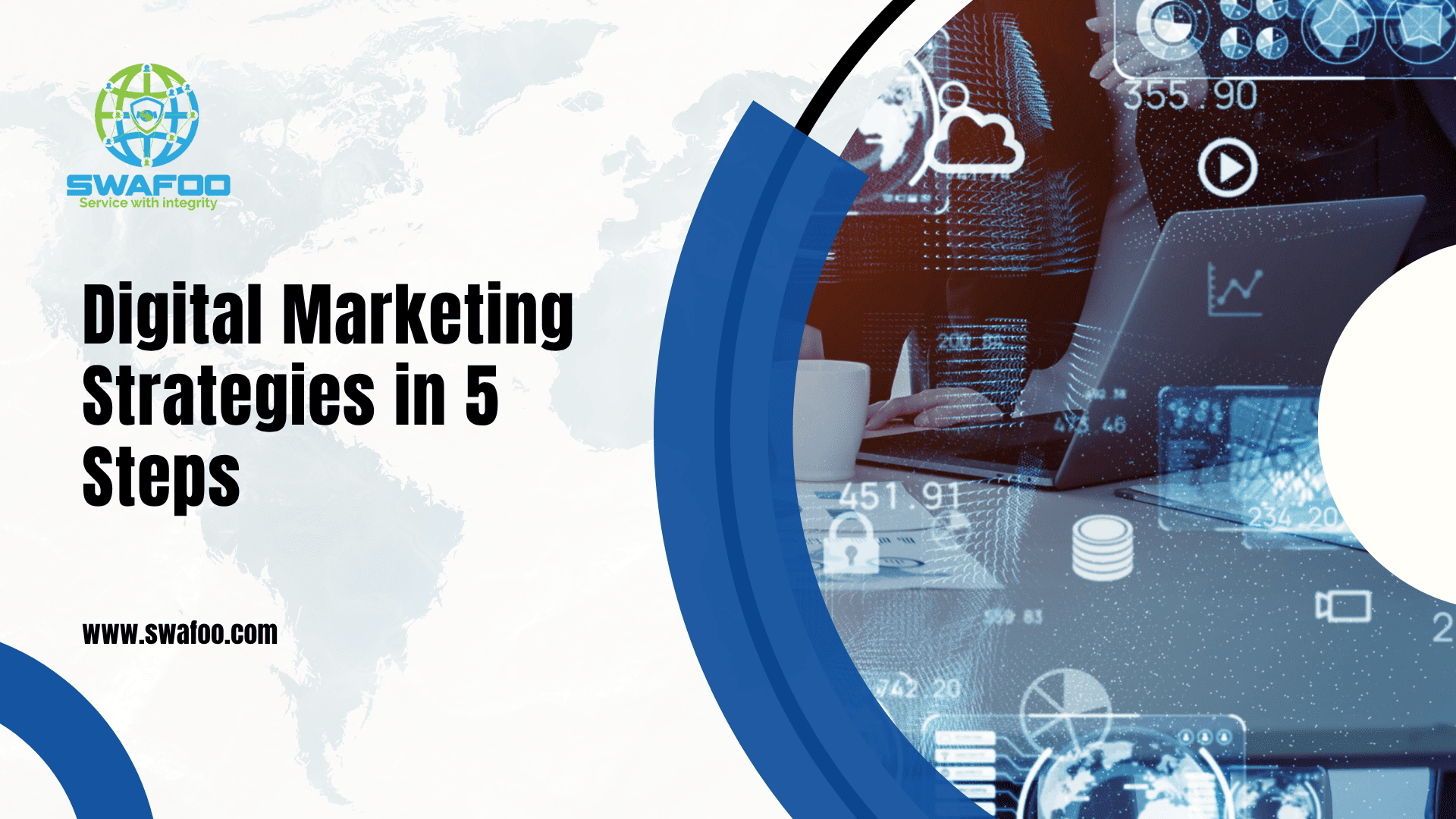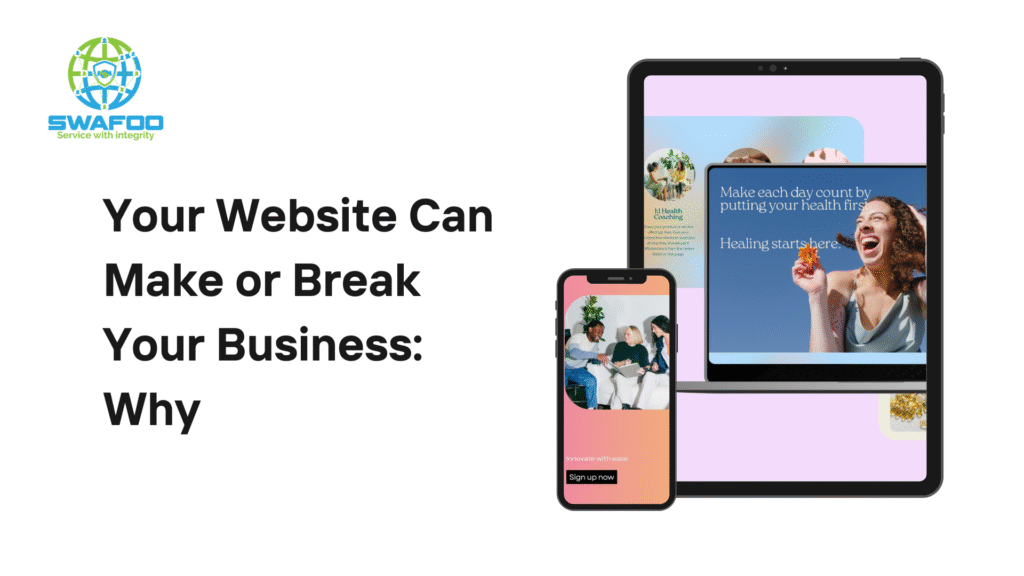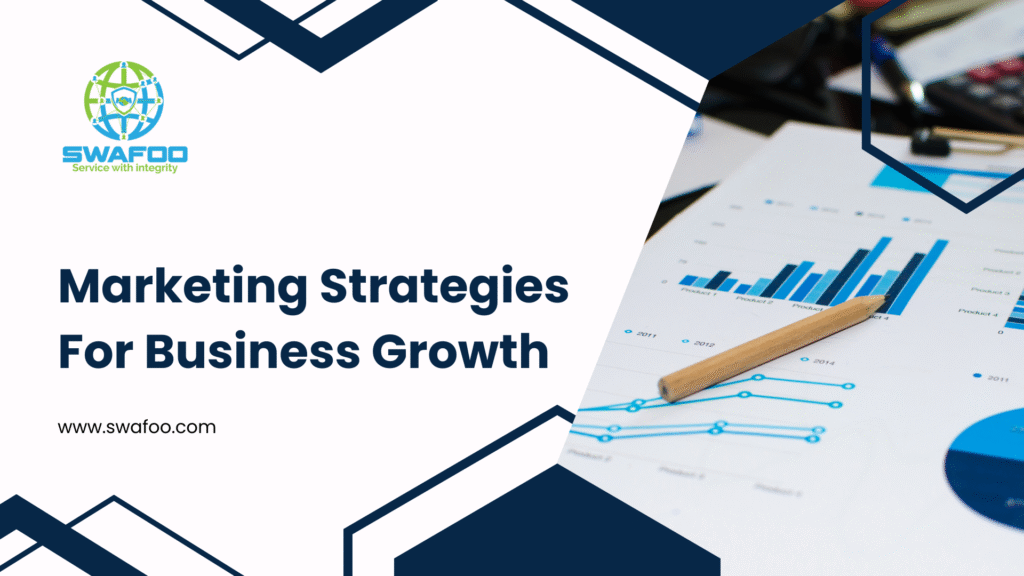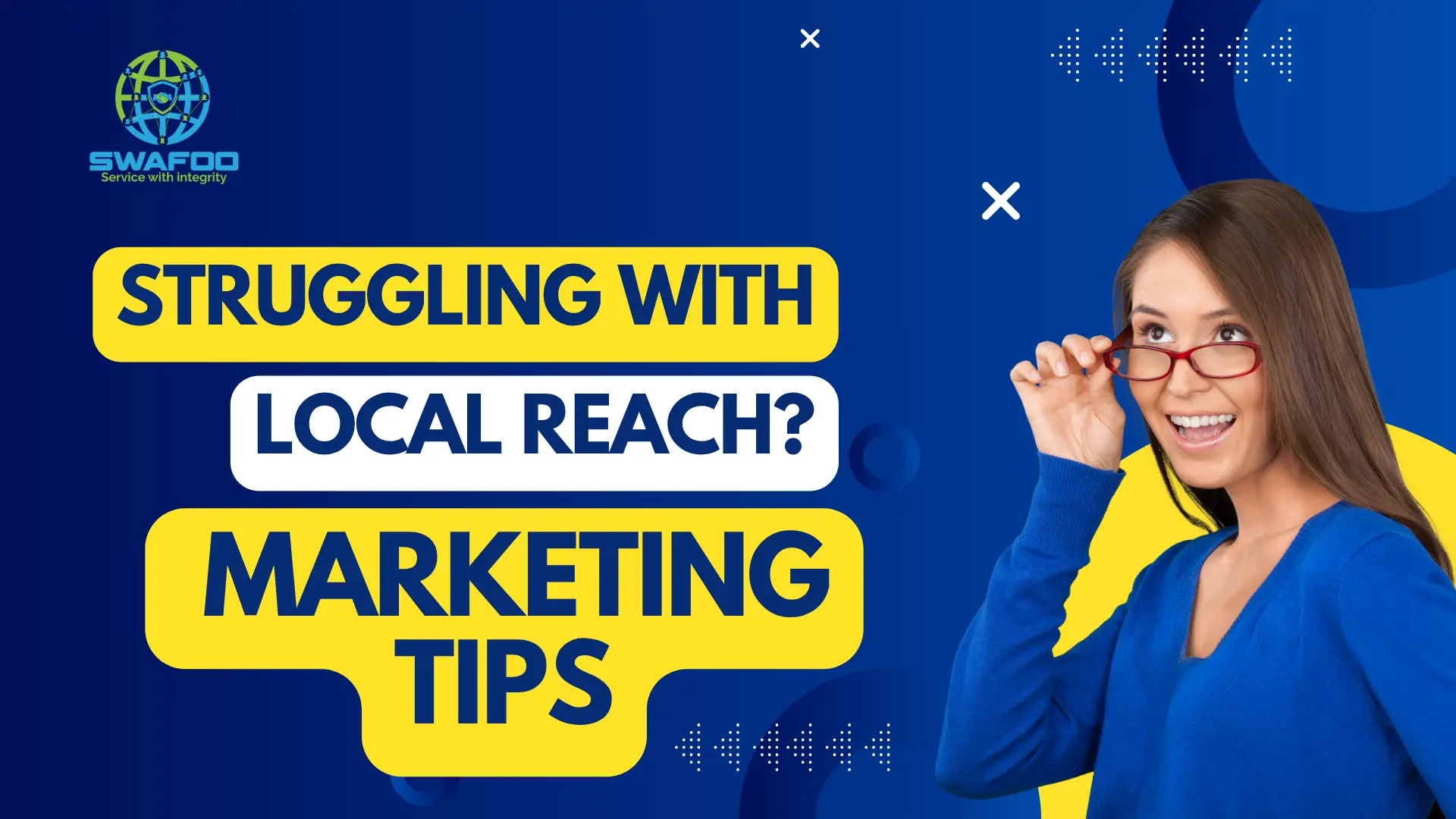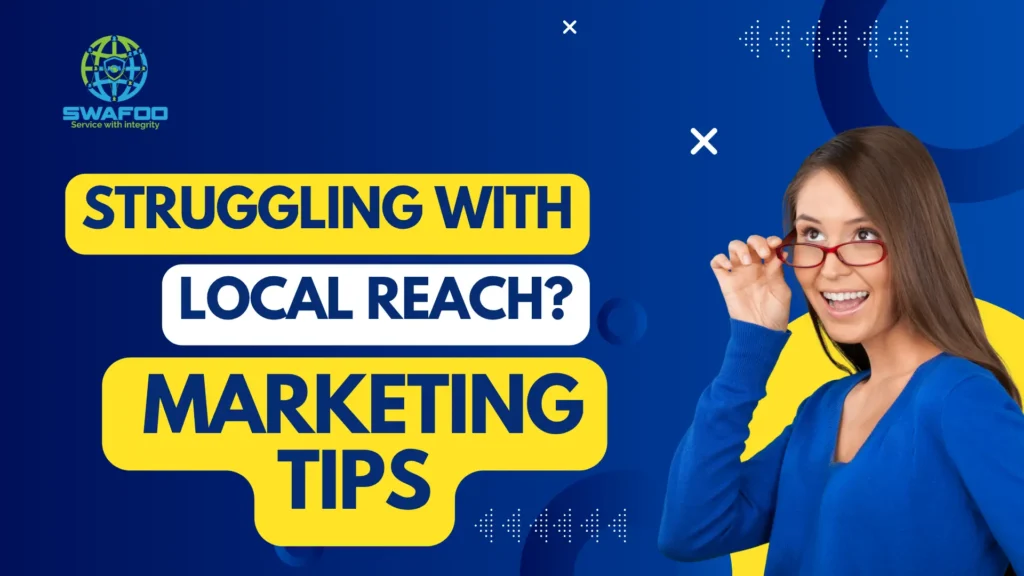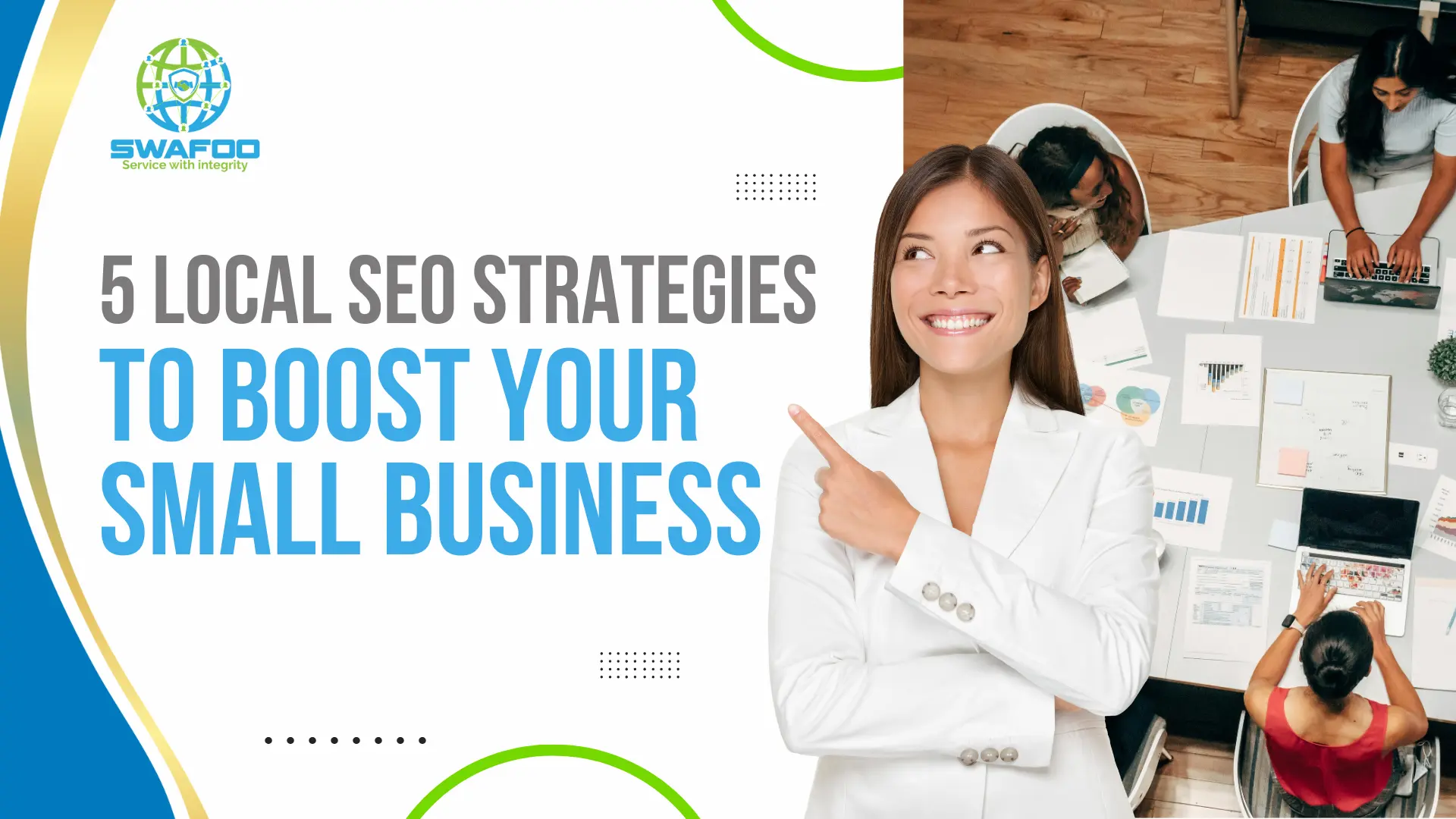The Truth About SEO and Web Design: How Smart Design Can Improve Your Ranking
The Truth About SEO and Web Design: How Smart Design Can Improve Your Ranking

SEO and Web Design Every business wants to appear at the top of search engines. But few realize how closely web design and SEO work together to make that happen. The truth about SEO isn’t just about using the right keyword or writing blog posts; it’s about how your website design helps search engines understand and rank your site.
If your web design doesn’t support your SEO strategy, your website won’t appear in search results, no matter how good your content is. Let’s explore how design and development decisions shape your SEO success and how you can use them to start growing your business.
How Does Web Design Affect SEO?
Your web design isn’t just for looks; it’s a foundation for SEO. Every part of the web design process, from layout to site structure, affects how search engine crawlers index your pages.
A beautiful design can impress visitors, but if the structure is a mess, search engines like Google will have a hard time understanding it. That’s where SEO and web development combine. When you create a site that’s visually appealing, well-structured, and easy to navigate, both people and search engines benefit.
Good website design ensures your site is easy to crawl and provides a smooth user experience. Google takes these signals seriously. When users click your site and stay longer because it’s fast and clear, it sends a strong signal that your website provides value to your audience.
In short, the design affects the SEO relationship is undeniable every design decision either helps or hurts your search engine rankings.
What Are the SEO Basics Every Website Design Should Follow?
When it comes to SEO, your website design should follow basic SEO principles that help search engines find and understand your content.
Start by building a responsive design that adapts to every desktop and mobile screen. Google uses mobile-first indexing, which means it looks at your mobile site first to decide how to rank your pages. If your mobile responsiveness is poor, your ranking drops.
Next, ensure fast loading times. A website that doesn’t load quickly leads to high bounce rates, and that makes it hard for Google to trust your site’s quality. Compress images, reduce unnecessary code, and test your speed regularly using tools like Google Search Console.
Finally, your site structure should make sense. Logical navigation, clean internal linking, and optimized headings help both visitors and search engines understand your site. The better your site structure, the easier it is to rank your content.
Why Web Design and SEO Must Work Together
Think of web design and SEO as a partnership. You can’t have one without the other if you want better rankings.
A web designer may focus on beautiful website layouts, while an SEO strategist looks at how search engines will crawl those pages. But when you combine both approaches, you create a seo web design strategy that’s both visually and technically strong.
Your design elements, colors, fonts, images, and buttons all impact user experience, which is a big part of SEO work. If users can’t find what they need easily or interact with your site smoothly, they’ll move on to someone else.
That’s why combining web design with smart SEO isn’t optional anymore. It’s the only way to make your website perform well across all metrics, from search performance to conversion.
How Do Search Engines Rank a Website?
Search engines don’t just look at words on a page; they look at how your entire website works.
The ranking process begins when search engine crawlers scan your pages and index them. They analyze everything: your site structure, the content on your website, and how fast it loads. Then Google understands how relevant your pages are to users who are actively searching for similar topics.
Your position in search engine results depends on how well your SEO strategy aligns with good design. Clean navigation, relevant content, and technical optimization all influence search visibility.
When search engines detect that your website users stay longer, engage, and don’t bounce back, it boosts your website ranking. That’s why good SEO starts with a well-planned website design.
How Can You Optimize Your Website Design for Better Rankings?
To improve SEO, focus on design features that optimize user experience and technical performance.
- Responsiveness: A responsive design ensures your site looks perfect on every device. Google rewards mobile-friendly websites because they enhance accessibility.
- Speed: Optimize your media and code so your pages load quickly. Fast sites retain visitors and reduce bounce rates.
- Structure: Use clear headings, descriptive URLs, and relevant keywords throughout your content.
- Internal linking: Connect pages strategically to help users and search engines navigate your site.
- Accessibility: Make sure everyone, including users with disabilities, can use your site effectively.
When you optimize your website design, you make it easier for search engines to crawl, index, and rank your pages, leading to better rankings.
What Role Does Content Play in SEO and Web Design?
A good SEO website isn’t just about visuals it’s also about the content on your website.
Your SEO strategy should focus on writing high-quality, keyword-rich content that meets user intent. But your web design should make that content easy to read and navigate. Typography, white space, and layout decisions all contribute to user experience.
When you pair great design with strategic content, you send the right signals to search engines. They’ll reward your site with higher search engine rankings because your content is easy to understand, valuable, and well-structured.
Remember, search engines like Google prioritize sites that serve people who are actively looking for specific information. That’s where a thoughtful combination of SEO and web design matters most.
How Web Development Supports SEO Strategy
Behind every successful SEO plan is a strong web development foundation. A skilled web developer ensures that your site’s code is clean, your database runs smoothly, and your elements load efficiently.
When your web development supports SEO, it means your backend is aligned with your front-end design. Clean URLs, structured data, and schema markup all help search engines read and understand your site.
In short, design and development teams must collaborate closely. When they do, the outcome is a fast, secure, and search-friendly site that stands out in top search results.
What Mistakes Make It Hard for Google to Rank Your Site?
Many businesses struggle with SEO because of poor website design decisions. If your structure is a mess or your site isn’t mobile-first, it becomes hard for Google to properly crawl and rank it.
Other common mistakes include missing metadata, broken links, or large image files that hurt fast loading times. Ignoring accessibility or responsiveness can also harm your search performance.
To avoid this, perform a regular SEO audit using Google Search Console. Identify pages with slow speed or indexing issues and fix them. That’s how you maintain seo success and ensure search engines can do their job effectively.
What Does a Smart SEO Strategy Look Like?
A smart SEO strategy combines technical precision with creative content and good design. It includes:
- A clear plan for keywords that your target audience is actively searching
- Regular updates to your site to maintain search visibility.
- Attention to mobile performance, desktop usability, and accessibility.
- Integration of SEO services like on-page optimization, backlinking, and content creation.
A smart SEO plan also adapts over time. Algorithms change, design trends evolve, and competitors improve. Staying flexible keeps your website relevant and visible.
What Are the Signs of a Good SEO Website?
A good SEO website isn’t just optimized it’s balanced. It loads quickly, adapts to any screen, and provides clear value to users.
Key signs include:
- Fast loading times
- A responsive design
- Clear calls to action
- Logical site structure
- High-quality, keyword-focused content
- Easy navigation for both visitors and search engines
When these elements align, your search rankings rise naturally. That’s the truth about SEO there’s no shortcut. Success comes from balancing technical optimization with meaningful design.
Why Is Web Design Important for Growing Your Business?
Your website is often your first impression. A well-optimized web design doesn’t just attract clicks it builds trust.
When visitors land on a beautiful website that loads fast, they stay longer and engage more. That’s how design affects SEO and how it starts growing your business.
A well-designed, SEO-optimized website works like a silent salesperson. It reaches people who are actively looking for your products or services and turns them into leads.
Every SEO strategist knows: web design and SEO together drive long-term growth. One creates visibility; the other creates conversions. That’s the winning formula for online success.
The Most Important Things to Remember
The truth about SEO is simple: great web design drives better ranking results. You can’t separate design from optimization anymore; they’re two sides of the same coin.
Here’s what matters most:
- Build your website design around SEO principles.
- Prioritize fast loading times, mobile responsiveness, and accessibility.
- Keep your site structure clear so search engines can easily index your pages.
- Use relevant keywords naturally and maintain a solid on-page strategy.
- Never forget that people and search engines both need a seamless experience.
When your web design, SEO strategy, and web development work together, your site will not only appear in search results it will stay there. That’s the power of understanding how design and development shape your online visibility and help in growing your business.
Share This Post
More To Explore

The Truth About SEO and Web Design: How Smart Design Can Improve Your Ranking
SEO and Web Design Every business wants to appear at the top of search engines. But few realize how closely web design and SEO work

Digital Marketing Strategies in 5 Steps: How to Create One That Delivers Results
Marketing Strategies Creating digital marketing strategies that actually work isn’t about chasing trends or using every platform at once. It’s about focus, knowing what your

